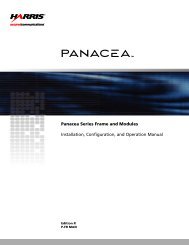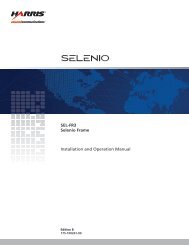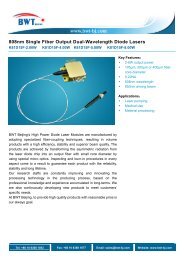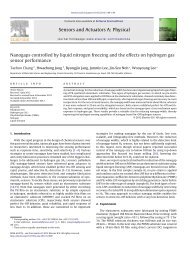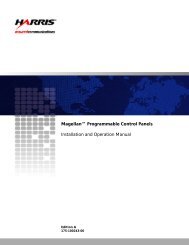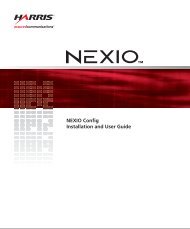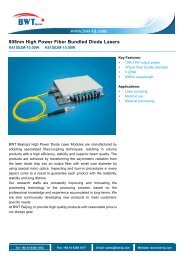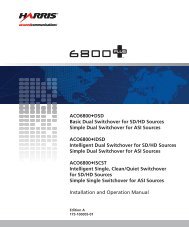Bondyram 4108 MSDS - Biznine.com
Bondyram 4108 MSDS - Biznine.com
Bondyram 4108 MSDS - Biznine.com
You also want an ePaper? Increase the reach of your titles
YUMPU automatically turns print PDFs into web optimized ePapers that Google loves.
Material Safety Data Sheet<br />
<strong>Bondyram</strong> ® <strong>4108</strong><br />
Version: 2.0<br />
Validation Date: 02/09/2008 2 / 6<br />
SECTION 5: FIRE FIGHTING MEASURES<br />
Flammability : Combustible<br />
Flash point : 341°C<br />
Auto-ignition temperature : 330 - 410°C<br />
Suitable extinguishing<br />
media<br />
Specific hazards during<br />
fire fighting<br />
Special protective<br />
equipment for fire-fighters<br />
Further information<br />
Special Conditions to Avoid<br />
SECTION 6: ACCIDENTAL RELEASE MEASURES<br />
: Carbon dioxide (CO2), dry powder, foam, water, Halon extinguisher.<br />
: Large molten masses may ignite spontaneously in air. Under conditions giving<br />
in<strong>com</strong>plete <strong>com</strong>bustion, hazardous gases produced may consist of: Organics, Carbon<br />
monoxide. Water quenching is good practice.<br />
: In the event of fire, wear self-contained P1/ P3 breathing apparatus approved by<br />
NIOSH. Watch footing on floors and stairs because of possible melting and<br />
spreading of material. Use water spray to keep containers cool. Wear suitable<br />
protective equipment.<br />
: Fire residues and contaminated fire extinguishing water must be disposed of in<br />
accordance with local regulations. Do not allow run-off from fire fighting to enter<br />
drains or water courses. Hot polyethylene melts and may drop above 120 oC.<br />
: Dust may form explosive mixtures with air. Prevent an exposure to open flames.<br />
Personal precautions : Ventilate the area. Refer to protective measures listed in sections 7 and 8.<br />
Environmental precautions<br />
Methods for cleaning up<br />
: Try to prevent the material from entering drains or water courses. Do not<br />
contaminate surface water.<br />
Additional advice : Use mechanical handling equipment.<br />
SECTION 7: HANDLING AND STORAGE<br />
: Clean up promptly by sweeping or vacuum. Sweep up or vacuum up spillage and<br />
collect in suitable container for disposal.<br />
Handling Procedures and Equipment<br />
Advice on safe handling<br />
: No special handling advice required. In case of insufficient ventilation, wear suitable<br />
respiratory equipment. For personal protection see section 8. Provide appropriate<br />
exhaust ventilation at dryers, machinery and at places where dust or volatiles can be<br />
generated. When opening containers, avoid breathing vapors that may be emanating.<br />
Protect from contamination.<br />
Advice on protection<br />
against fire and explosion<br />
Dust explosion class : no data available<br />
Storage Requirements<br />
Requirements for storage areas<br />
and containers<br />
Other data<br />
: Take necessary action to avoid static electricity discharge (which might cause<br />
ignition of organic vapors).<br />
: Keep container tightly closed in a dry and well-ventilated place. Protect from<br />
contamination. Avoid excessive heat. Do not store near strong oxidizing agents and<br />
other reactants, as described in Section 10.<br />
: No de<strong>com</strong>position if stored and applied as directed. Storage International Classes:<br />
A61B 005/00



